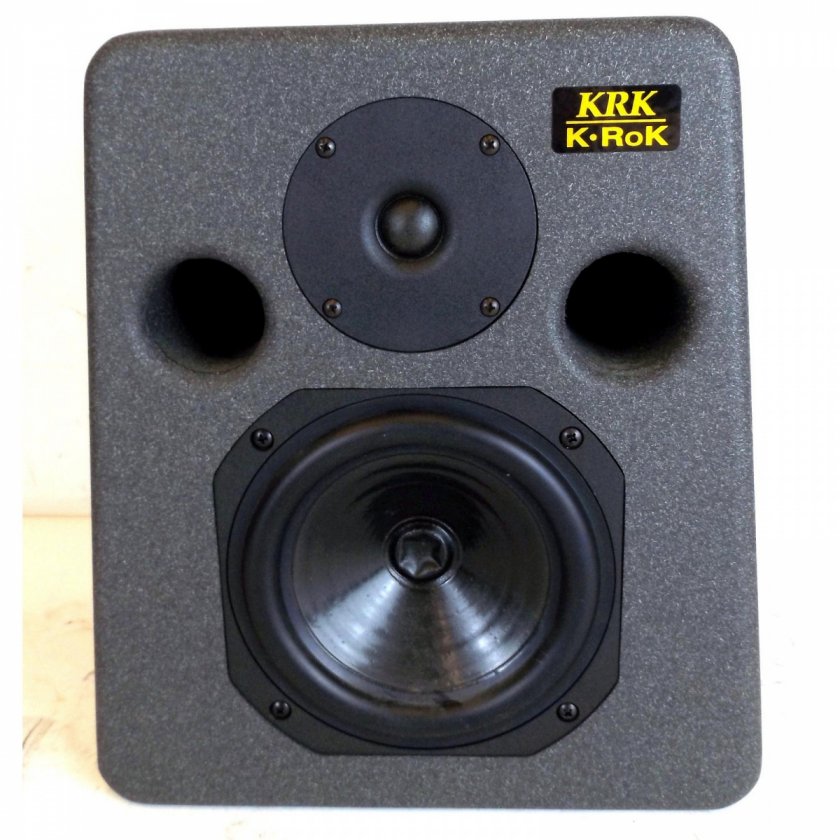“I disregard coaxial drivers as full range drivers. “
My Tannoy System 15 DMT mk2’s would disagree. 34hz-25Khz in soffit-mounting. 37hz free-standing. Beautiful bottom-end.
If that’s not enough ‘full range’, then there’s the soffit-mounted 215 DMT at 29hz, or even the free-standing Kingdom, which is in the low 20’s and reaches well beyond 50Khz. Fully time-aligned, front-ported.
No need for subs, if you sort your room out a bit.
If you ‘need’ more bass than that, then you would be either the victim of a cruel medical experiment, or a brain-damaged moron - or the X-lax didn’t work and you dislike enemas.
“I recommend active monitors. Note that nearly all recording and mixing studios use active monitors.”
This is not true.
Most ‘real’ professional studios will use soffit-mounting for main-monitors, and rely on remote power-amps in another room, for quick swapping if one goes down. The artist doesn’t pay you to piss about dismantling faulty misplaced fashionable trends with no track record of reliability. Like you’re gonna tell Beyoncé or Madonna to go get a coffee, as you get the screwdrivers out - cursing the day the tech convinced you to go class-D.
I agree that modern production and pre-production suites certainly use actives like Genelecs etc, perhaps with subs, and have done for 30 years. But final professional mixing and post-production will be done on a single pair of soffit-mounted monitors, and for good reason.
Let’s not confuse the amateur and semi-pro led market with the real thing. Heat-sinks do not belong in a control-room.
Here’s a speaker that was designed to be a “Bookshelf” speaker for small space-limited home-studios. The best in it’s class.
But I’m talking about actually putting them on a real bookshelf!
